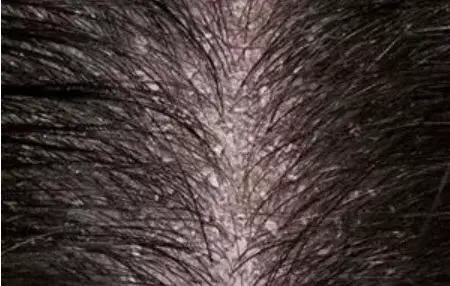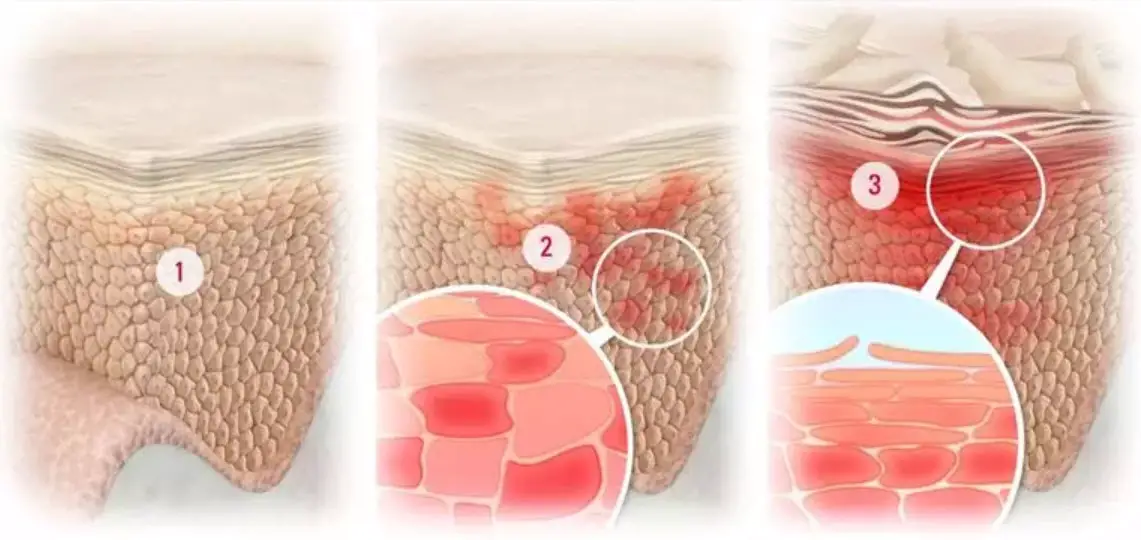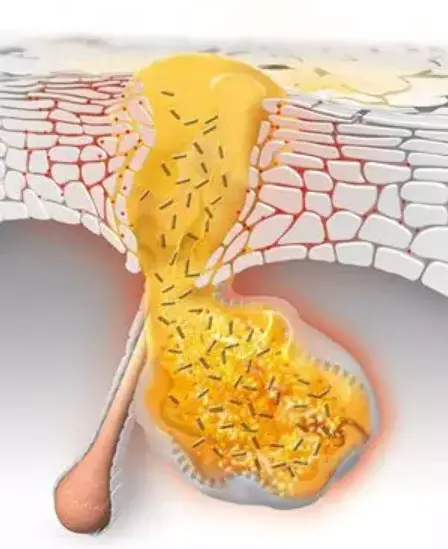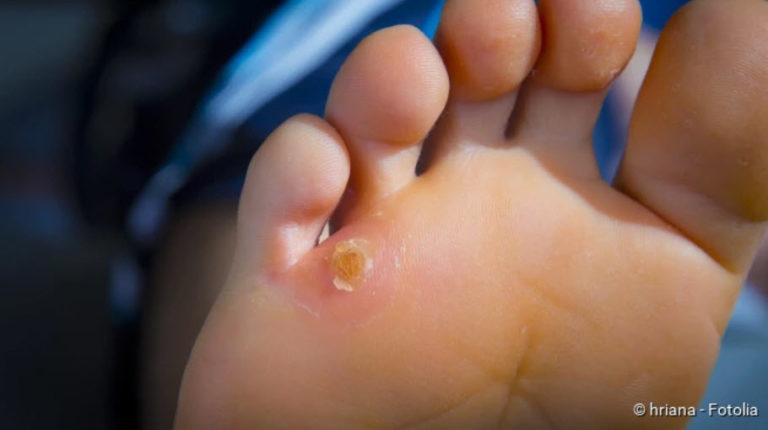Dandruff
Dandruff

Dandruff is a very common scalp problem, affecting about 50% of adults. The level of suffering is particularly high because those affected cannot conceal the problem. It is therefore important to understand the causes of dandruff in order to be able to control the symptoms.
What is that exactly?
What are dandruff?
Dandruff is a very common scalp problem. They occur in two ways. Oily dandruff or seborrheic dermatitis appears as oily and yellowish flakes or deposits that form on the scalp and stick to the head and hair. One speaks of dry dandruff when dry, white skin flakes or deposits form on the scalp and trickle down from the head and hair. Further symptoms are itching, redness and an oily or dry scalp.

The main causes
Dandruff occurs when the corneal cells of the scalp renew themselves too quickly and the putty substance between these cells is not broken down quickly enough. The cells continue to hang together and detach from the scalp in larger clusters. These connected cells become visible as scales.
This process, also known as hyperproliferation, is triggered by a yeast fungus called Malassezia globosa, a microorganism of the skin flora that feeds on lipids or oils naturally present on the scalp. The microorganisms irritate the scalp and cause micro-inflammation and itching.

These processes can be triggered by various factors, such as
- hereditary predisposition – dandruff often occurs more often in a family
- Environmental factors such as UV rays, cold, heat, wind
- physical or emotional stress
- hormonal changes
- Lifestyle factors such as diet or alcohol consumption
What are micro-inflammations? Micro-inflammations are inflammations of the scalp not visible to the naked eye. On closer examination of these skin areas, the Eucerin researchers have come across a significant discovery. They found immune cells and elevated inflammatory mediators, indicating that defensive reactions take place here. If existing causes for this process are not eliminated, the persistence of the micro-inflammations can cause the symptoms to change into a “visible” inflammation.

What influence do micro-inflammations have on the scalp?
The current state of research strongly suggests that there is a link between micro-inflammation and common scalp problems – such as dandruff, dry scalp, itching and sensitive scalp.
Common misconceptions
- Dandruff can cause the hair to become thinner or fall out
- When dandruff occurs, the hair and scalp are dirty
- Dandruff can be treated with vinegar rinses, natural oils or baby shampoo.
- A common misconception is that dandruff occurs if the hair is not washed often enough.
There is no evidence to support any of these assumptions.

Care recommendations
Have you dandruff?
You might suffer from dandruff, if..
You could be suffering from a different scalp problem if..
…you have oily yellow or white scales that stick to your hair and scalp: This symptom is typical of oily dandruff or seborrheic dermatitis.
…dry white flakes of skin trickling down your head and out of your hair: This is typical for dry dandruff.
…your scalp is itchy or irritated and there is also dandruff or flaking: Many people with oily and dry dandruff also suffer from these symptoms.
…your scalp is dry, itchy or irritated, but no dandruff is visible: Then you may have a dry, itchy or sensitive scalp.
…you have red, scaly, silvery, shiny spots on your skin: You may be affected by psoriasis.
You should consult your family doctor or dermatologist if you are concerned about your symptoms, if the symptoms are severe, or if your scalp becomes inflamed, weeping or sore.





